by Prisca Martens, Towson University
 This month in WOW Currents we’re exploring how to help children read the art and written texts in picturebooks, Picturebooks are “a unique art object, a combination of image and idea that allows the reader to come away with more than the sum of the parts” (Kiefer, 1995, p. 6). In our work we’re helping children read the art and think like artists to support them in experiencing the full richness and meanings in picturebooks (Martens, 2012). This week we’ll explore how Laura Fuhrman helped her first graders read and experience the art and written text in Sebastian’s Roller Skates, Continue reading
This month in WOW Currents we’re exploring how to help children read the art and written texts in picturebooks, Picturebooks are “a unique art object, a combination of image and idea that allows the reader to come away with more than the sum of the parts” (Kiefer, 1995, p. 6). In our work we’re helping children read the art and think like artists to support them in experiencing the full richness and meanings in picturebooks (Martens, 2012). This week we’ll explore how Laura Fuhrman helped her first graders read and experience the art and written text in Sebastian’s Roller Skates, Continue reading


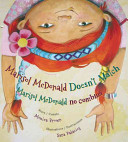 Picturebooks are “text, illustrations, total design; …As an art form [they hinge] on the interdependence of pictures and words, on the simultaneous display of two facing pages, and on the drama of the turning of the page” (Bader, 1976, p. 1). This week we continue our exploration of helping children read the art and written texts in picturebooks by seeing how Michelle Doyle shares the richness in
Picturebooks are “text, illustrations, total design; …As an art form [they hinge] on the interdependence of pictures and words, on the simultaneous display of two facing pages, and on the drama of the turning of the page” (Bader, 1976, p. 1). This week we continue our exploration of helping children read the art and written texts in picturebooks by seeing how Michelle Doyle shares the richness in 

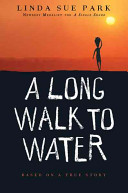
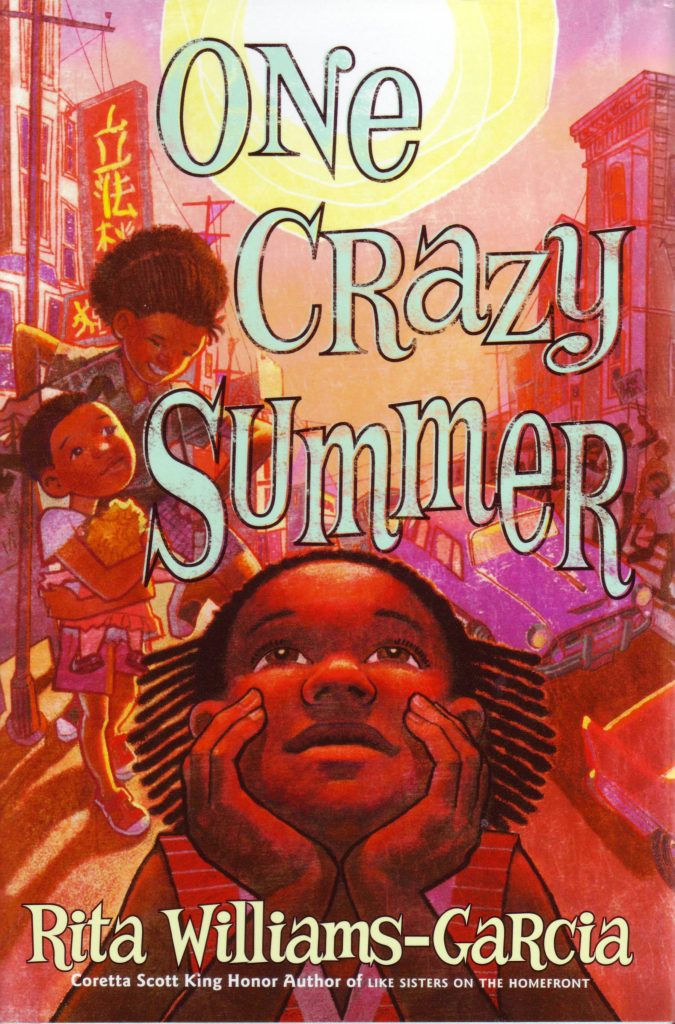
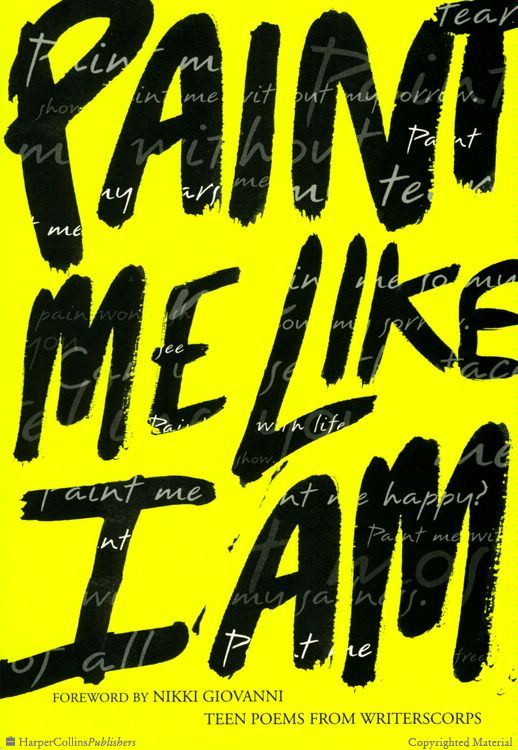
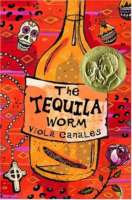 In the past three weeks I’ve shared a number of books set in the Rio Grande Valley (RGV) and written by RGV authors. These books feature the culture and traditions of the mostly Latino, working class population in this geographical region along the Texas-Mexico border.
In the past three weeks I’ve shared a number of books set in the Rio Grande Valley (RGV) and written by RGV authors. These books feature the culture and traditions of the mostly Latino, working class population in this geographical region along the Texas-Mexico border.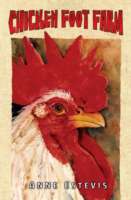 The Rio Grande Valley (RGV) of South Texas is a place of movement and change. As a Midwestern native now living in the RGV, I joined a history of immigrants to the Valley since the mid-1700s. Today emigration and immigration continues as Americans move to the RGV to pursue business opportunities, Mexicans move for economic opportunity and to flee drug cartel violence, and migrant farm workers harvest crops in the RGV in the winter and travel to other agricultural areas in the summer.
The Rio Grande Valley (RGV) of South Texas is a place of movement and change. As a Midwestern native now living in the RGV, I joined a history of immigrants to the Valley since the mid-1700s. Today emigration and immigration continues as Americans move to the RGV to pursue business opportunities, Mexicans move for economic opportunity and to flee drug cartel violence, and migrant farm workers harvest crops in the RGV in the winter and travel to other agricultural areas in the summer.  When children see their lives represented in literature, it shows them that those lives are worth representing. This holds special importance when children come from cultures or areas that are historically isolated, overlooked, or oppressed. The Rio Grande Valley (RGV) of South Texas has been all three. Because of its rural and isolated location, in many ways the RGV has had closer connections with Mexico than with the rest of Texas or the United States.
When children see their lives represented in literature, it shows them that those lives are worth representing. This holds special importance when children come from cultures or areas that are historically isolated, overlooked, or oppressed. The Rio Grande Valley (RGV) of South Texas has been all three. Because of its rural and isolated location, in many ways the RGV has had closer connections with Mexico than with the rest of Texas or the United States.